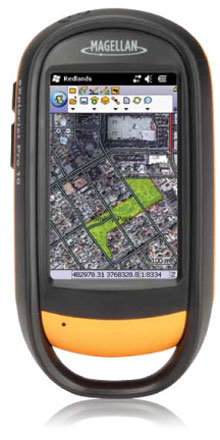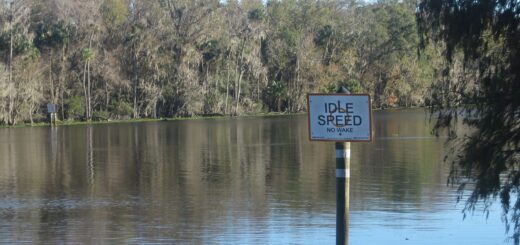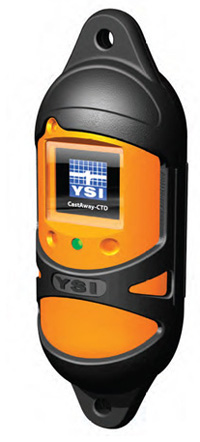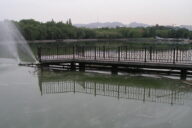Product Spotlight: Hach 2100Q Turbidimeter
0 The Hach 2100Q Portable Turbidimeter provides accurate turbidity measurements based on the Environmental Protection Agency’s Method 180.1, and it’s small and lightweight enough to take into the field.
The Hach 2100Q Portable Turbidimeter provides accurate turbidity measurements based on the Environmental Protection Agency’s Method 180.1, and it’s small and lightweight enough to take into the field.
The optical meter can measure to an accuracy of 0.01 NTU. It also offers a number of features that streamline the measurement process, such as assisted calibration and easy USB data transfer, making it an ideal field turbidimeter.
In full calibration mode (0 to 1000 NTU or FNU), a text-based assisted calibration feature walks users through the calibration process step-by-step and automatically verifies accuracy. The on-screen interface can save time in the field by eliminating the need to reference complicated manuals. Between calibrations, users can confirm accuracy by running a “Verify Cal” using the included 10 NTU StablCal primary standard.
Additionally, the unit can perform what Hach calls a “RapidCal.” This calibration process is faster, as it only requires use of a single standard, but it is only an option for situations where low turbidity levels are expected (nothing exceeding 40 NTU).
Rapidly settling samples have always been a challenge to measure considering most turbidity meters must take several measurements to obtain an accurate reading. The 2100Q provides a “Rapidly Settling Turbidity” mode that addresses this issue. RST utilizes a unique algorithm that calculates turbidity based on a series of automatic readings, effectively eliminating this redundancy and gaining an accurate measurement before suspended material settles.
As many as 500 measurements are automatically stored in the instrument for easy access and backup. Stored information includes date and time, operator ID, reading mode, sample ID, sample number, units, calibration time, calibration status, error messages, and the result. And with an optional USB + Power module, a PC can access data in XML format on the 2100Q without needing any special software.
For more details, call Fondriest Environmental at (888) 426.2151, e-mail customercare@fondriest.com, or visit http://www.fondriest.com/products/hach_2100q-01.htm.
| field turbidimeter |













